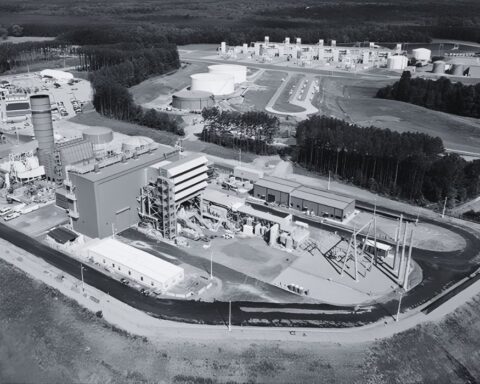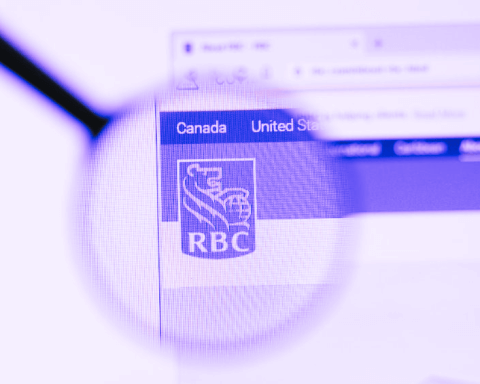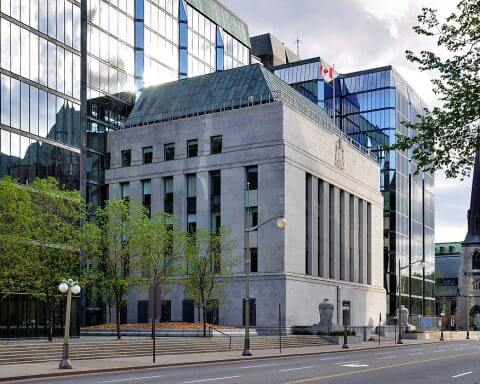There was once a time when the worst thing that could happen to investors in Canadian junior mining companies was that their windfall could turn out to be so-called moose pasture (i.e., worthless from a minerals perspective). Junior mining companies search for new deposits of minerals and are known to be high-risk, high-return investments. Today, however, a significant risk for investors is the fact that their claims are often located on the homelands of Indigenous Peoples with inherent governing authority.
An increased public awareness of broken treaties, unmarked graves, racism and ongoing cultural genocide is contributing to a powerful social movement for #LandBack across the country. This means that claims of Indigenous rights and jurisdiction – rather than being dismissed as mere distractions – are rightfully considered material facts that can delay a mine, stop a pipeline and force a government to buy out mining exploration projects.
When students in Osgoode Hall Law School’s Environmental Justice and Sustainability Clinic recently decided to take a close look at junior miner Noront Resources Ltd.’s corporate disclosures filed with the Ontario Securities Commission (OSC), they found some gaping holes. The company had disclosed almost nothing about the fierce Indigenous opposition to its projects in Ontario’s Ring of Fire region, a mining district once touted as “Ontario’s oil sands,” located in the roadless boreal peatlands some 500 kilometres northeast of Thunder Bay.
The students, working with Greenpeace, MiningWatch and the Council of Canadians and led by the Neskantaga First Nation, conducted research and analysis into Noront’s annual information forms (AIFs) and management’s discussion and analysis (MD&A) over the last five years. Noront plans to develop a nickel mine and other deposits in the area.
These projects, however, are located in the homelands of Anishinaabe and Anishini peoples who are parties to the James Bay Treaty No. 9, an agreement in which First Nations promised to keep peaceful relations, and Canada and Ontario pledged to protect their culture, livelihood and jurisdiction on the land as times changed. These First Nations thus hold Aboriginal and treaty rights across their territories and also have obligations under their own Indigenous laws to steward the lands and waters of the region. These include the Neskantaga First Nation, at the headwaters of the Attawapiskat River, and several downstream Mushkegowuk communities.
And yet, in recent AIFs issued by Noront, the nine Matawa First Nation communities in the region of the deposits are barely mentioned, outside of references to partnerships with Marten Falls First Nation, Webequie First Nation and Aroland First Nation. The language used in Noront’s disclosure – language that hasn’t changed over the last five years – fails to acknowledge that there are specific First Nations whose rights will be affected by its projects, and who are currently actively voicing their dissent. Noront’s repeated boilerplate disclosures of the general risks of First Nation lands and rights claims leave investors with the impression that the situation is stable, rather than volatile, and that no First Nations have made any recent and specific claims or assertions relevant to Noront’s projects.
This is simply not the whole truth.
Neskantaga First Nation has been contesting the planned mining and infrastructure developments in the Ring of Fire over this entire five-year period. The tiny First Nation, known for holding the shameful distinction of Canada’s longest-running boil-water advisory, has made its opposition to Noront’s projects known on a number of occasions and in a variety of ways, including by threatening legal action and issuing public statements. In recent years, other First Nations have also expressed opposition to Noront’s projects and the regulatory processes being employed to approve them. Last winter, Neskantaga First Nation, Attawapiskat First Nation and Fort Albany First Nation went so far as to declare a moratorium on all development in the region.
An increased public awareness of broken treaties, unmarked graves, racism and ongoing cultural genocide is contributing to a powerful social movement for #LandBack across the country.
Noront’s lack of transparency goes against current trends in information disclosure. Earlier this year, Ontario’s Capital Markets Modernization Taskforce made a number of recommendations for improving the province’s investment environment that acknowledged “increased global momentum towards enhanced disclosure of the Environmental, Social and Governance (ESG) factors that impact a company’s financial performance.” Indigenous impacts and opposition are increasingly becoming recognized as crucial social and governance factors to be considered in responsible resource development decision-making. Based on this, the Environmental Justice and Sustainability Clinic sent a letter last month to the Ontario Securities Commission asking for an investigation into Noront’s disclosures. The group’s submission argued that an accurate disclosure of material facts and changes would include details about the extent of Indigenous opposition to a company’s projects.
Figuring out how Indigenous rights impact logging, a pipeline, a dam, a transmission line or a mining project is not always easy. But the most important thing is for companies to actually disclose the fact that First Nations are claiming jurisdiction over lands that the companies have assumed to be “their” moose pasture. Increasingly, even companies whose projects have passed through Crown environmental assessment processes and received government permits are finding that they still must contend with Indigenous governing authority on the land – or risk delay and disruption. And investors are taking notice.
Societal expectations of how risks from Indigenous rights will be disclosed by companies are changing. Statues are falling, universities are being renamed, and there is widespread hope that the thousands of Indigenous children who died at Indian residential schools will now finally be properly memorialized and the perpetrators brought to justice. It’s time for companies and securities regulators to make sure the whole truth of Indigenous rights claims are brought to light through corporate risk disclosures.
Dayna Nadine Scott is an associate professor and co-director of Osgoode Hall Law School’s Environmental Justice and Sustainability Clinic. David Peerla is an advisor to the Neskantaga First Nation.







